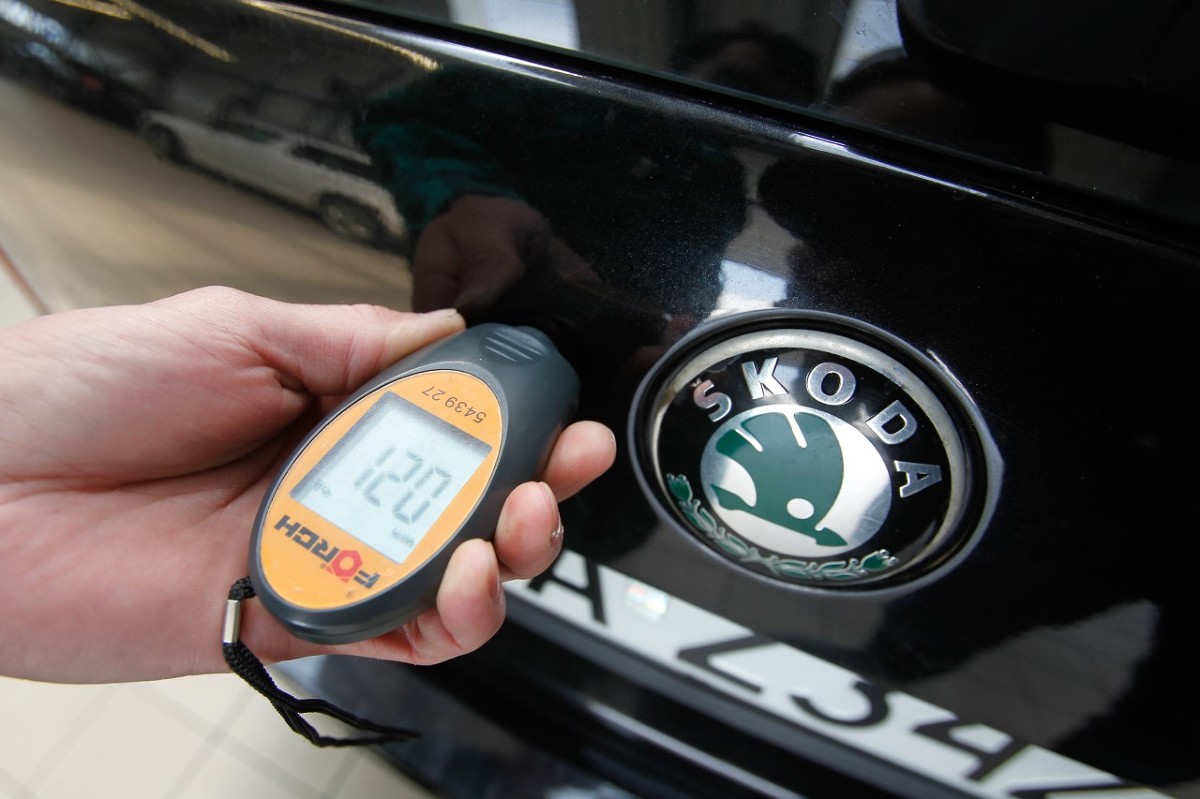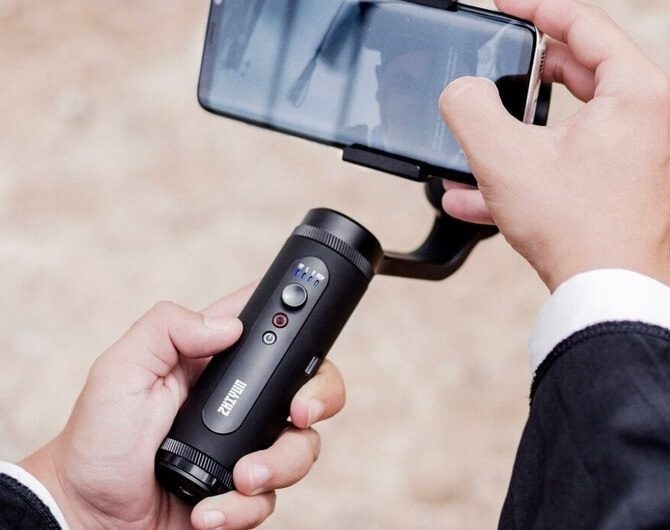
How to measure paint thickness on a car?
 European manufacturers paint cars with a thicker layer of paint. On Skoda, Volkswagen or Seat, it will be in the region of 150-170 microns. And it should be very similar on all parts of the body.
European manufacturers paint cars with a thicker layer of paint. On Skoda, Volkswagen or Seat, it will be in the region of 150-170 microns. And it should be very similar on all parts of the body.
By measuring the thickness of the paintwork, you can very accurately determine whether it was repaired in the past by the painter and where. And as paint meters become cheaper and more affordable, used car metering is increasingly beginning before purchase. However, in order to properly measure the coverage, it is worth knowing a little more in advance about how to paint individual brands of cars. And also read the instructions for the counter, because devices from different manufacturers work a little differently.
Modern cars are usually covered with several layers of protection and varnish. At the factory, steel is usually protected with a layer of zinc and a primer, and then paint is applied to it. For greater durability and an attractive appearance, the whole thing is covered with a colorless varnish. The thickness of the original paintwork is not the same on all vehicles. For example, Asian-made cars are painted in a thinner layer, at a level of about 80 microns - 100 microns.
- European brands have a thicker coating, at a level of about 120-150, or even 170 microns. The exception will be vehicles manufactured in Europe after 2007, which are coated with water-based varnishes, in which case the layer may be slightly thinner,” says Jacek Kutsaba, head of bodywork and paint work at ASO Skoda Rex. Auto Rzeszow.
It is assumed that the metallic paint layer is usually slightly thicker. In the case of Skoda, the lacquer thickness is initially up to 180 microns. If the varnish is acrylic, for example, standard white or red without a colorless layer, then at the factory it is set to approximately 80-100 microns. Can the thickness of individual elements be different in a car that has not been in an accident? Yes, but the differences may not be very clear cut. It is assumed that the correct deviation between the elements is a maximum of 30-40 percent of the thickness. A 100 percent thicker layer means you can be sure that the item has been almost 400% revarnished. If the thickness exceeds XNUMX microns, it should be considered that at this moment the car was puttied. However, it is worth remembering that car manufacturers reserve the right to repaint the car at the factory, for example, in the event of defects during quality control.
 Measure the thickness of the paint on a clean car, because a thick layer of dirt will distort the result. It is best to start with the roof, because this is the element that is least susceptible to damage. This is usually the best reference point for further measurements. - We measure the car as a whole. If the size is good at one end of the door, it is worth checking the other end of the door, because here the painter may have lost the difference in shade after repairing an adjacent element. And this is happening more and more often. If, for example, the rear doors are damaged, they are completely painted, while the front doors and the rear fender are partially painted,” explains artist Artur Ledniowski.
Measure the thickness of the paint on a clean car, because a thick layer of dirt will distort the result. It is best to start with the roof, because this is the element that is least susceptible to damage. This is usually the best reference point for further measurements. - We measure the car as a whole. If the size is good at one end of the door, it is worth checking the other end of the door, because here the painter may have lost the difference in shade after repairing an adjacent element. And this is happening more and more often. If, for example, the rear doors are damaged, they are completely painted, while the front doors and the rear fender are partially painted,” explains artist Artur Ledniowski.
It is also worth measuring the coating on the pillars and sills, which are much more difficult to replace after a collision than, for example, a door or hood. In order for the measurement to be reliable, it should be made with a meter with an appropriate probe, i.e. tip with which you touch the varnish. Those skilled in the art recommend that it is best to use meters in which the sensor is connected to the meter by a cable. Then, the display is held in one hand, and the probe in the other. This solution eliminates vibrations and makes the measurement more accurate.
It should be remembered that in the case of vehicles with aluminum body parts, the measurement with a traditional counter will not be performed. You will need more expensive equipment that recognizes the type of metal and tells the user what the item being tested is made of when measured. Plastic elements, such as bumpers or front fenders in some cars, are practically not measured at home. Cause? Traditional sensors cannot measure them, and special ultrasonic equipment is very expensive. Then the lacquer layer is better to evaluate with a careful visual inspection. First of all, you should pay attention to any stains, varnish cuts or small sawdust that a careless varnisher could leave on the varnished element.

